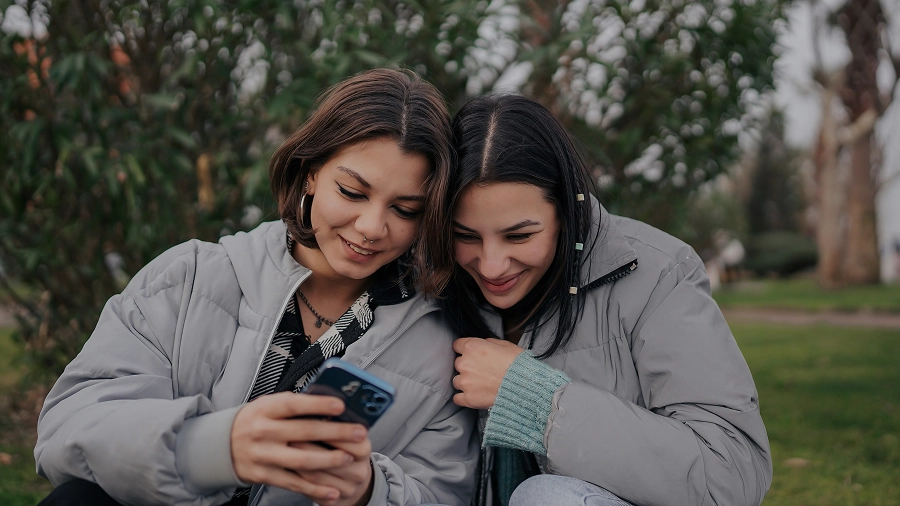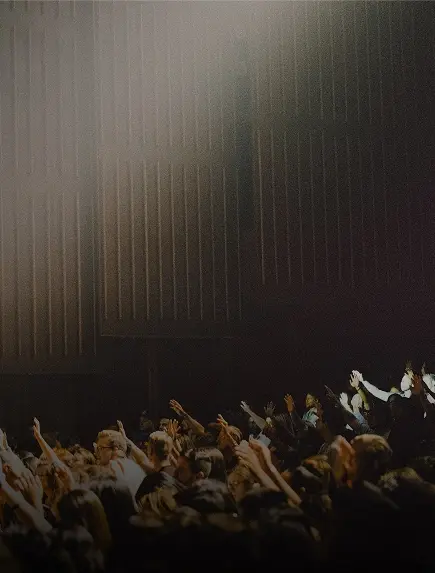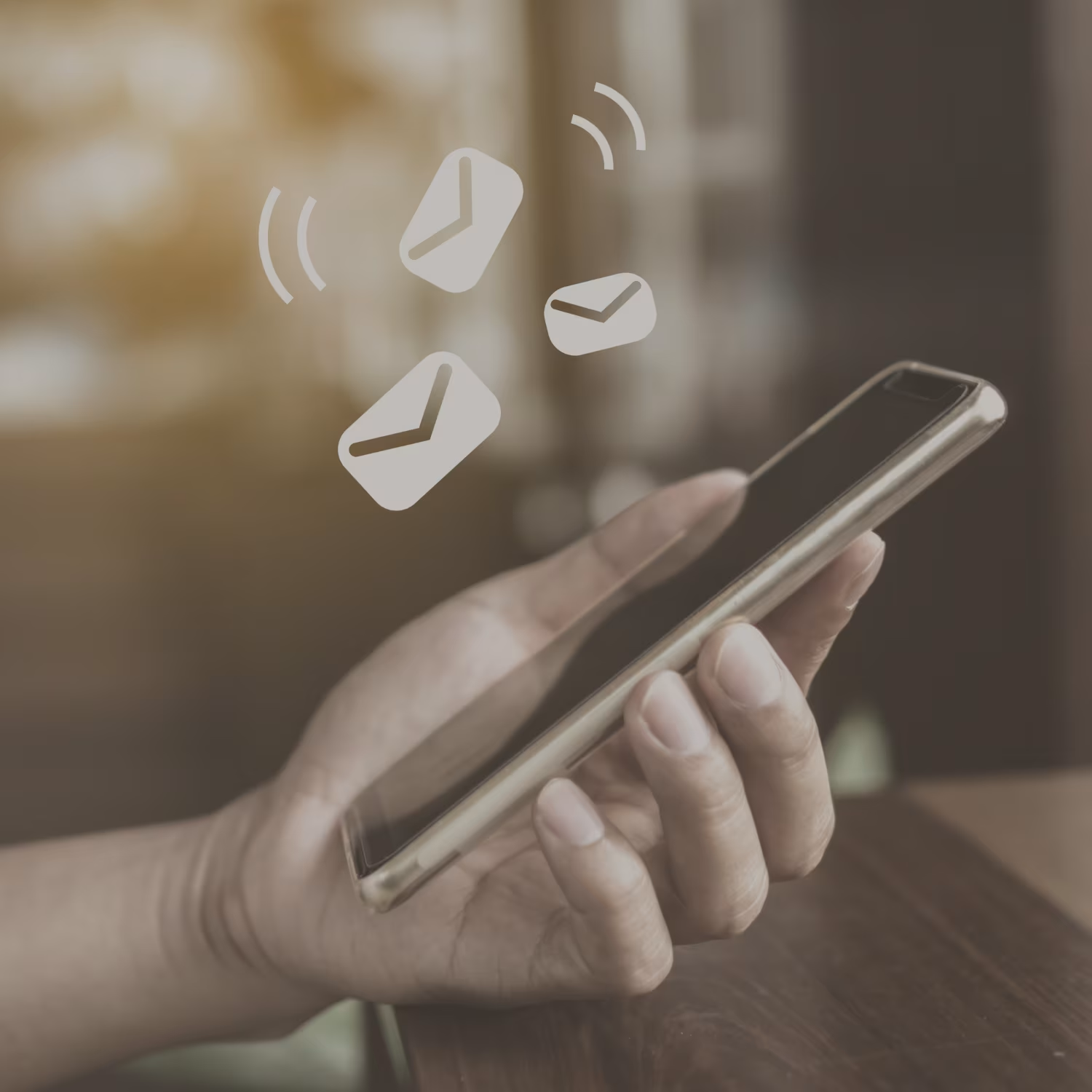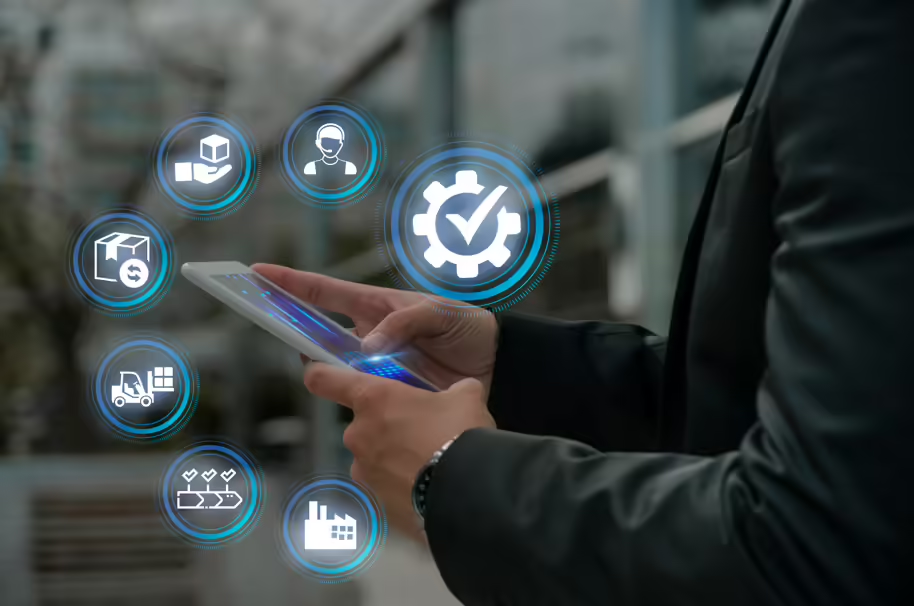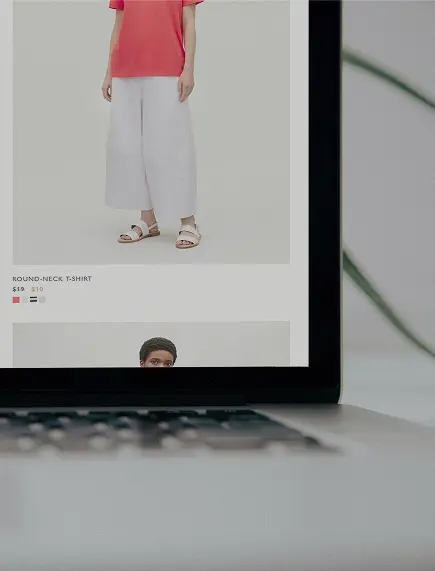Blog
Keys to tourism marketing: take off with us!
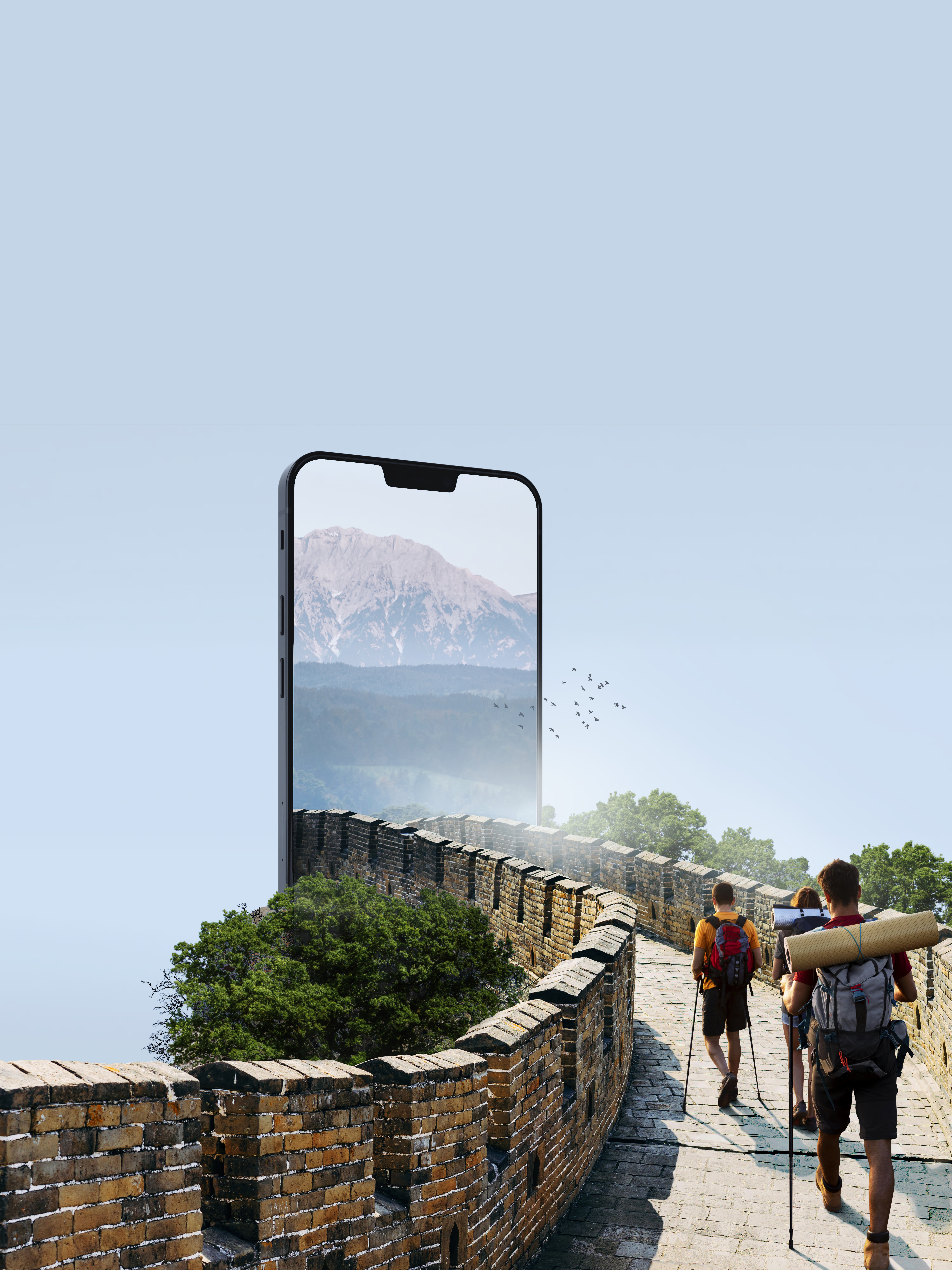

Keys to tourism marketing: take off with us!
Tourism marketing: take flight with indigitall
Tourism, that unstoppable engine of experiences and emotions, has found its best co-driver in technology. Today more than ever, tourism marketing is a determining factor in the viability of your business, as it is essential to stand out in a sector that is not only competitive, but also changing.
From inspiration before the trip to loyalty after returning, every stage counts. Today we are going to see how you can take flight of your tourism strategy and take it to the heights with innovative and effective solutions such as those of indigitall.
What is tourism marketing?
Tourism marketing encompasses all strategies aimed at promoting destinations, services or experiences related to leisure and travel. It is not just about selling flights or hotel nights, but about connecting with the traveler’s emotions, inspiring, guiding and accompanying them at every step of their journey.
Now, most users no longer go to an agency to see a brochure and have everything explained to them. We are in a digitalized environment. Thus, this type of marketing requires precision, personalization and omnichannel. From inspiration to loyalty, every message and every channel needs to be in sync to create a memorable experience.
Which companies in the sector you understand
Tourism marketing is transversal and encompasses a wide variety of actors:
- Hotels, resorts and tourist accommodation
- Airlines and transport companies
- Online and traditional travel agencies
- Tourist destinations and tourist offices
- Cruises and tour operators
- Experience and leisure platforms (tours and activities)
- Car rental companies
In all these cases, the objective is common: to attract, convert and build loyalty. And to achieve this, having adapted digital solutions such as those offered by indigitall makes the difference.
What key factors determine a user’s choice in travel marketing
When a person chooses a destination or a tourist experience, they do not do it randomly. In reality, you make a decision influenced by a combination of emotions, social references, perceptions of value, and expectations.
This choice is full of nuances and usually begins long before the physical journey begins: it starts in the traveler’s mind.
Emotional inspiration
Every trip is born from an emotion. The desire to disconnect, discover something new, celebrate, meet again or simply break with the routine. Tourism decisions are fueled by emotions, images and stories that awaken something internal in the traveler.
That’s why engaging visual content, such as inspirational videos, authentic testimonials, or images that evoke real feelings, has a huge weight in the decision. Brands need to tell stories, not just show products.
Using automation tools like indigitall‘s, you can send highly visual and personalized content to users at the moment they’re looking for inspiration, whether it’s through web push, in-app notifications, or social media messaging.
Recommendations and social opinions
The opinions of other travelers weigh as much as – or even more than – the advertising itself. Before booking, the user will look for reviews on Google, TripAdvisor, social networks or specialized forums.
Seeing positive reviews or experiences shared by similar people can tip the scales in favor of one brand or another. This generates a phenomenon of social proof that legitimizes the decision.
You can automate the request for reviews right after the experience and, with tools like indigitall, ask the customer to leave their review on the right channel, thus increasing your online reputation and showing a proactive attitude.
Personalization and relevance
Today’s traveler doesn’t want generic deals. Look for proposals aligned with your tastes, your budget, the type of trip you want to do (family, romantic, adventure…) and with the time you have.
An experience that fits perfectly with what you are looking for is perceived as more valuable. That relevance becomes a direct trigger for the action. With intelligent segmentation and user behavior analysis, indigitall allows you to offer personalized recommendations, contextual reminders and promotions adjusted to the profile and stage of the customer journey.
Ease of booking and confidence
A complicated, confusing, or insecure booking process can frustrate the user and make them abandon. On the other hand, if the brand offers a fluid environment, with clear and fast assistance, and transmits reliability, the user will feel accompanied and move forward safely.
In addition, travellers greatly appreciate immediate attention to any questions, whether about cancellation policies, documentation or available services. With multilingual chatbots, push notifications, and scheduled messages via WhatsApp, brands can resolve concerns instantly, without friction. Not only does this improve the experience, but it reduces abandonment rates and increases conversion.
Price, perceived value and promotions
Price is important, but what really matters is the perception of value. What does it include? What does it guarantee me? What differentiates this experience from other similar ones?
An offer that conveys added value, whether for exclusive benefits, location, personalized treatment or additional services, will be more attractive, even if it is not the most economical.
Tourism marketing must focus on what makes your proposal unique. With geo-located campaigns, dynamic content, and automated promotions, you can highlight your offer’s strengths at the right time and to the right profile.
Time, availability and temporality
Seasonality, the duration of the trip, availability on specific dates or even the weather directly influence the purchase decision. Many users are looking for last-minute getaways, while others plan months in advance.
This is where the brand’s ability to adapt to the traveler’s mental calendar comes into play. Thanks to the automation of campaigns according to the stage of the customer journey, you can anticipate searches, send last-minute alerts or launch specific promotions at key times of the year, optimizing the return of each action.
As you can see, the decision to choose a trip or experience is not purely rational nor does it respond only to advertising stimuli. It’s a combination of emotion, confidence, relevance, and opportunity.
Characteristics of tourism marketing
If the user’s decisions in the sector have so many particularities, and also quite emotional, tourism marketing has to adapt to them, making it unique in turn. What is tourism marketing like?
- Intangible by nature: Tourist services cannot be seen or tasted before purchased. Emotions, expectations and promises of future experiences are sold.
- Highly emotional: The decision to travel is deeply linked to feelings such as curiosity, disconnection, celebration, or the desire to explore. Marketing must appeal to these emotions to truly connect with the customer.
- Visually inspiring: Engaging visuals, immersive videos, and authentic narratives are critical to capturing attention. The visual not only informs, but seduces.
- Focused on customer experience: The goal is not just to sell a service, but to build positive memories. Every interaction with the brand must contribute to a satisfactory overall experience.
- Seasonally conditioned: Campaigns must be adapted to high seasons, holidays or cultural events. Tourism demand fluctuates, and strategies must keep up with that pace.
- Highly personalized: Every traveler has different motivations. Segmentation and personalization are essential to delivering relevant and effective proposals.
- Simultaneous in production and consumption: The tourist service is offered and consumed at the same time. Therefore, the experience in the real moment acquires a critical value.
- Collaborative by nature: The promotion of a destination involves cooperation between various actors: hotels, agencies, airlines, public entities… An integrated view enhances the impact of actions.
- Marked by high competition: The sector is saturated with offers. Differentiating yourself through unique proposals, memorable experiences and effective communication is key to stand out.
Types of tourism marketing
The tourism sector is vast and diverse, and therefore, there is no single way to promote products or services. Each market segment requires a specific approach, tailored to the traveler’s motivations and the type of experience they are looking for.
Destination Marketing
This approach positions a place —a city, a region, or a country— as the hub of the experience. The campaign revolves around their visual, cultural, historical or natural identity. It is about inspiring the traveler through its landscapes, its heritage or the local lifestyle, making the destination a brand in itself.
Accommodation Marketing
Focused on hotels, resorts, hostels or campsites, this type of marketing seeks to highlight the value proposition of the establishment: its location, its differentiating services, the guest experience or the design of its facilities. Loyalty and recurrence are key objectives here. To elevate the guest experience and reinforce these offerings, many hotels implement the best Chromecast solution for hospitality for seamless streaming of entertainment, personalized content, and easy access to hotel services directly from the room.
Food Marketing
The local cuisine is one of the most powerful engines of tourist attraction. Promoting typical dishes, local products or culinary experiences (such as tastings, markets or workshops) allows visitors to connect with the culture of the place in a sensory and authentic way.
Experience and activity marketing
This modality focuses on the experiential: hiking routes, adventure sports, cultural visits, festivals or thematic excursions. It appeals to emotion, to the search for unique moments that respond to the specific interests of the traveler.
Sustainable Tourism Marketing
Respect for the environment, local communities and natural resources are at the heart of this approach. It is aimed at a conscious traveler, who values environmental and social responsibility in their consumption decisions. Here, highlighting sustainable practices or certifications can make all the difference.
Business Tourism Marketing (MICE)
Although it may not seem like it, this type of marketing has a lot to do with tourism. Designed for corporate events, congresses, meetings or incentive trips. Campaigns must highlight aspects such as connectivity, hotel capacity, technological infrastructure or complementary services aimed at professional efficiency.
Travel Agency Marketing & Planning
Agencies play a key role as trusted intermediaries. Their marketing focuses on showing ease, security and personalized attention in the organization of trips, highlighting packages, expert advice or tailor-made services.
Wellness and wellness marketing
Many users travel in search of health, rest and disconnection. It includes spas, yoga retreats, holistic treatments or quiet destinations with physical and mental well-being proposals. The communicative tone should be relaxing, enveloping, and inspiring.
Nature and rural tourism marketing
Ideal for promoting destinations off the beaten track: charming villages, natural parks, outdoor activities or rural accommodation. This type of marketing appeals to the desire to reconnect with the essentials, enjoy silence or live at a different pace.
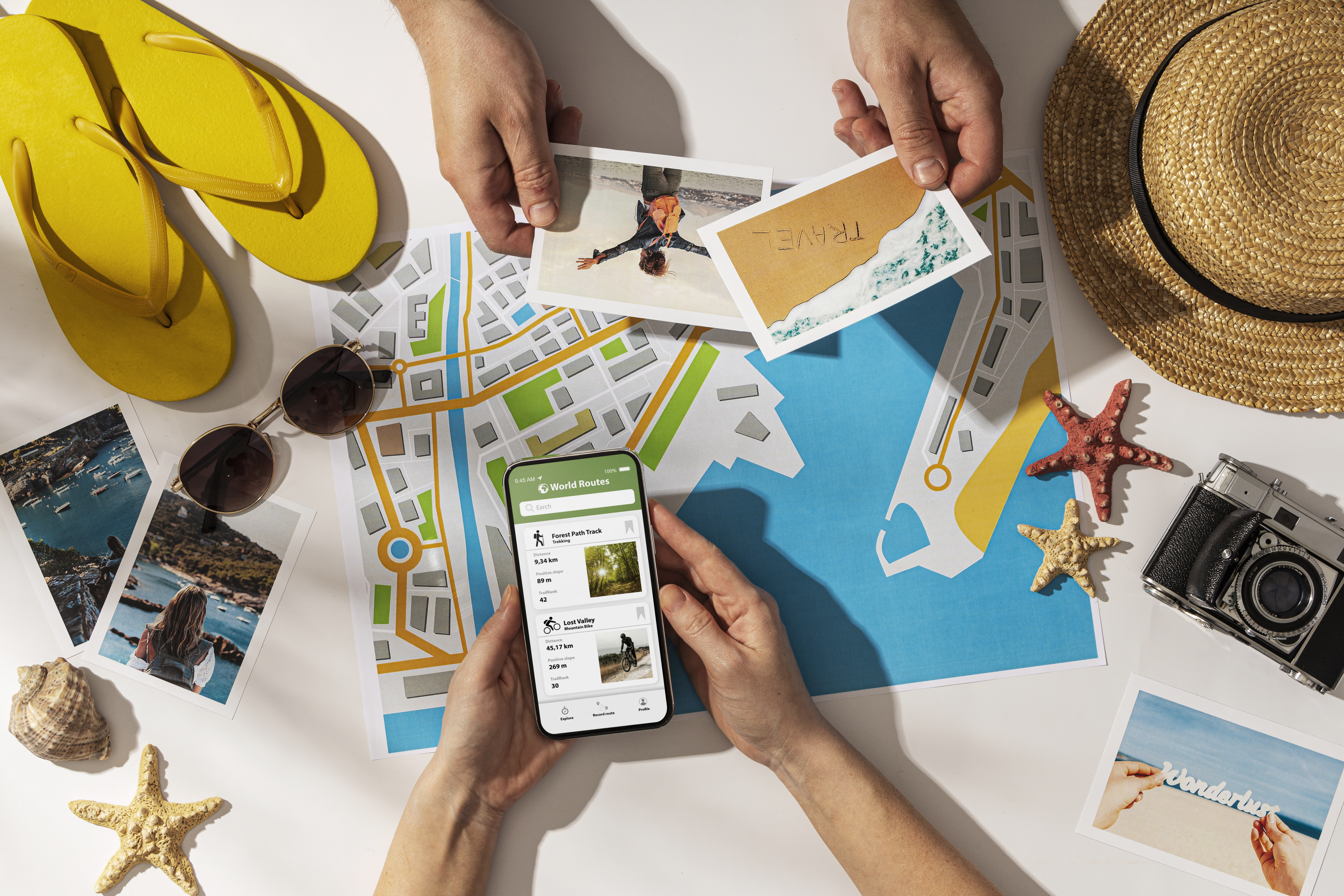
Marketing strategies for the tourism sector
Now, seeing the variety of aspects that a marketing strategy can have in the sector, it can be seen that designing a marketing strategy in the tourism sector involves much more than choosing tools: it is about defining approaches that connect with the traveler, add value and accompany them throughout their journey.
We are going to see some tourism marketing strategies that can be more effective and how you can enhance them with high-impact digital channels.
Content Marketing
Tell stories that inspire. That is the essence of this strategy. Creating blogs, videos, visual guides, or social media posts that reflect the essence of the destination, its people, and its culture helps attract visitors organically.
How does indigitall help you? You can distribute this content in automated email campaigns, dynamic push notifications, or even in-app messages, maximizing its reach with personalized segmentation.
Inbound tourism marketing
This strategy seeks to attract the traveler by offering useful and relevant content according to their profile. It’s not about interrupting, but about accompanying their search: with ebooks, blogs, interactive experiences and offers that respond to their real interests.
Through automated flows on channels such as WhatsApp or email marketing, you can deliver the right content at the right time, guiding the user on their path to conversion.
Collaboration with influencers
Working with specialized content creators allows you to amplify the reach of your campaigns with an authentic voice. Their recommendation can tip the scales and position your brand with greater credibility.
Complement the campaign with remarketing actions: if someone has come from an influencer’s link, activate a personalized push message or a chatbot that directs them to a related exclusive offer.
Online reputation management
The opinions of other travelers are decisive. Responding to reviews, encouraging positive ratings, and having a presence on review platforms is part of any trust and visibility strategy.
Automatically send a post-stay review request or NPS survey via email or WhatsApp, allowing you to capture frictionless feedback and act in real-time on a bad experience.
Alliances and synergies with other actors
Collaborating with hotels, airlines, local operators or public institutions allows you to create integrated and more attractive proposals. Bundled packages and joint campaigns increase perceived value and optimize resources.
You can create coordinated campaigns between several actors from a single platform such as indigitall, which centralizes channels and data, and facilitates segmented sending to shared or complementary audiences.
Active presence on social networks
Networks are key in tourism, both to inspire and to interact. Visual posts, daily stories, live streams, or challenges that invite participation make the user feel part of the brand.
How to connect this with your omnichannel strategy? You can use social interactions as a starting point for other channels: for example, capturing leads from Instagram and then starting an automated nurturing flow via WhatsApp or email with valuable content.
Personalization and automation of actions
Every traveler values feeling unique. Tailoring your messages and recommendations based on user behavior, location, or history is key to increasing conversion and satisfaction.
An intelligent platform, like ours, that allows you to define personalization rules, automate shipments on multiple channels and orchestrate all digital communication based on the user’s actions, without manual intervention, is your best ally.
Promotion of local and sustainable tourism
More and more travellers value ethical, authentic and responsible proposals. Promoting local businesses, sustainable practices and respect for the natural environment is more than a trend: it is a commitment that is also communicated.
Through messages segmented to eco-conscious profiles, short videos that show responsible practices or push campaigns that highlight proposals with low environmental impact.
Immersive experiences and virtual reality
360° tours, panoramic views, interactive experiences or immersive videos allow the user to “visit” the destination before deciding. This reduces the perceived risk and increases the desire to travel.
How to distribute these experiences? Through smart notifications or personalized landing pages distributed via push or WhatsApp, you can invite the user to live a preview of the trip and facilitate the conversion from that emotion generated.
Encouraging user-generated content (UGC)
One of the most effective strategies is to get travelers to share their experience. Spontaneous photos, videos, or recommendations have unique credibility and amplify your message organically.
How to promote it? Create campaigns that encourage participation with discounts, raffles or rewards, and communicate them through in-app notifications, email or WhatsApp, from the same indigitall platform.
Get your strategy off the ground with indigitall’s tools
As with any successful flight, you need a control tower that coordinates every part of the journey. At indigitall, that’s precisely what we do: unify all your digital communication channels from the same platform.
Thanks to our solutions, you can:
- Increase direct bookings with geolocated promotions
- Reduce dependence on OTAs
- Optimize customer service with AI
- Automate multichannel campaigns tailored to user behavior
- Get real-time metrics to make better decisions
And all this, tailored to every stage of the customer journey, from inspiration to loyalty. If you are ready to improve your marketing strategy for the tourism sector, contact us and let’s take off together.


